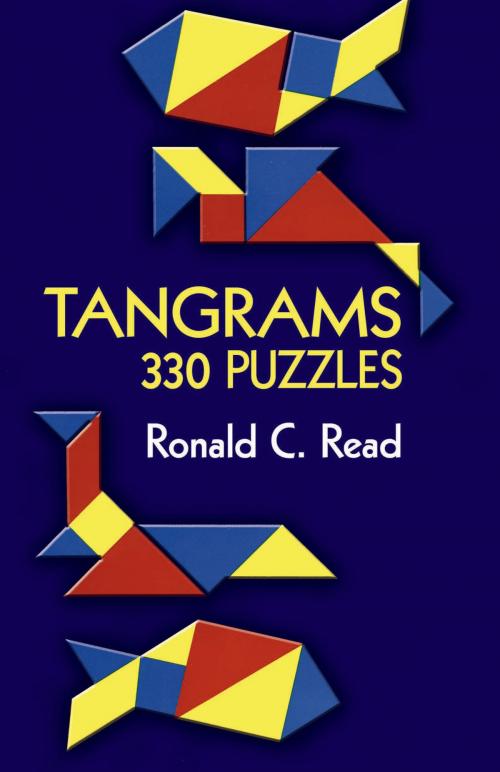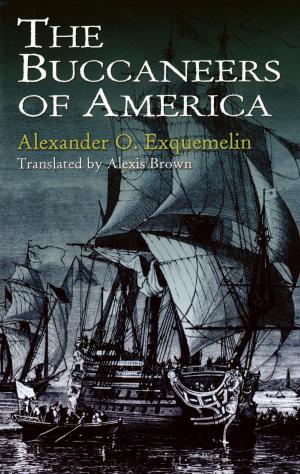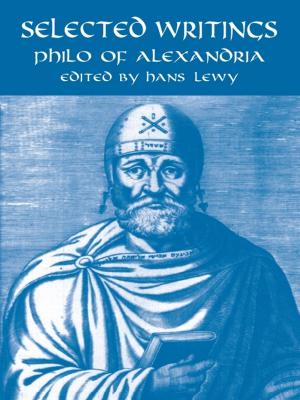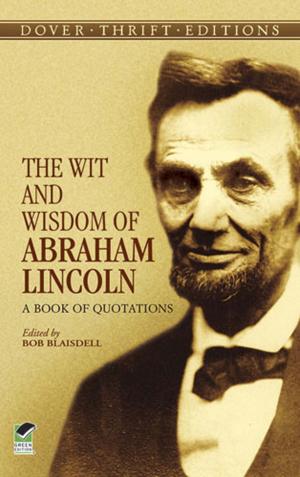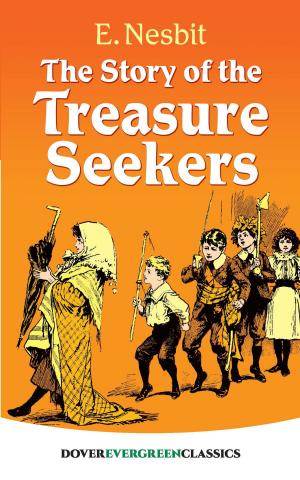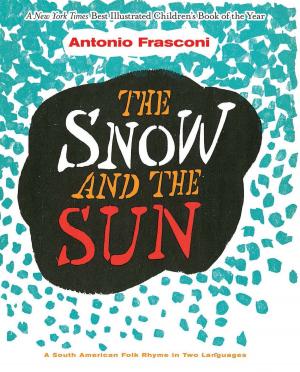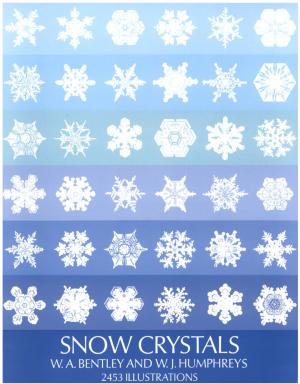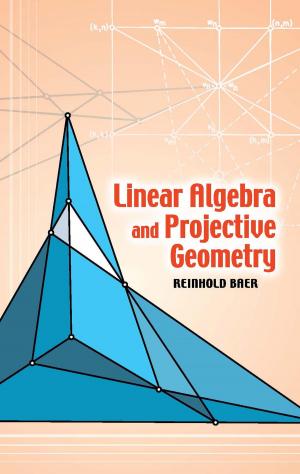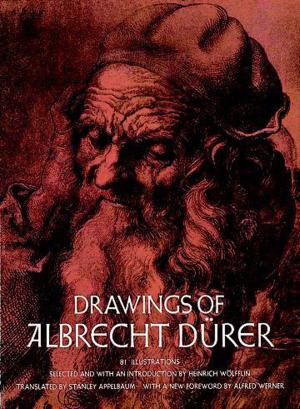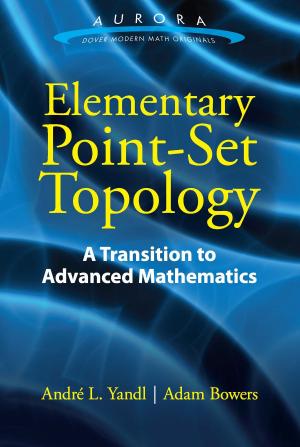Tangrams
330 Puzzles
Nonfiction, Science & Nature, Mathematics, Geometry, Entertainment, Games, Puzzles| Author: | Ronald C. Read | ISBN: | 9780486801292 |
| Publisher: | Dover Publications | Publication: | December 8, 2014 |
| Imprint: | Dover Publications | Language: | English |
| Author: | Ronald C. Read |
| ISBN: | 9780486801292 |
| Publisher: | Dover Publications |
| Publication: | December 8, 2014 |
| Imprint: | Dover Publications |
| Language: | English |
What is a tangram? It is more easily seen and understood than defined in words. But to put it briefly, it is a geometric dissection puzzle in which seven standard pieces (five triangles, one square, one rhomboid) are used to make images of various objects. The origin of the name is not known, but the game itself is of Chinese origin, and for centuries it has been one of the most popular diversions in the Orient.
The tangram is not entirely new to America, since Yankee sea captains brought books of tangram puzzles back from Canton and Shanghai. Edgar Allan Poe was a devotee, while on the other side of the world Napoleon is said to have whiled away his time with them. Around the turn of the twentieth century, the two great modern puzzlers, H. E. Dudeney and Sam Loyd, greatly enlarged the traditional field of tangram situations.
This collection gathers together nearly 330 tangrams, the best creations of both Chinese and Occidental puzzle devisers. Included are some of the most striking Oriental puzzles, carefully selected from rare nineteenth-century books and some of the most inventive and imaginative inventions of Loyd and Dudeney. Although individual tangrams have always been favorite members of most collections of mathematical amusements, to our knowledge this is the first book devoted entirely to this popular form in many decades.
Some of the tangrams in this collection are relatively easy and can be solved without too much brain-straining. Others are difficult, and many demand quite a bit of mental sweat before they are resolved. All, however, are delightful concoctions in recreational form-perception and will provide many hours of pleasure.
What is a tangram? It is more easily seen and understood than defined in words. But to put it briefly, it is a geometric dissection puzzle in which seven standard pieces (five triangles, one square, one rhomboid) are used to make images of various objects. The origin of the name is not known, but the game itself is of Chinese origin, and for centuries it has been one of the most popular diversions in the Orient.
The tangram is not entirely new to America, since Yankee sea captains brought books of tangram puzzles back from Canton and Shanghai. Edgar Allan Poe was a devotee, while on the other side of the world Napoleon is said to have whiled away his time with them. Around the turn of the twentieth century, the two great modern puzzlers, H. E. Dudeney and Sam Loyd, greatly enlarged the traditional field of tangram situations.
This collection gathers together nearly 330 tangrams, the best creations of both Chinese and Occidental puzzle devisers. Included are some of the most striking Oriental puzzles, carefully selected from rare nineteenth-century books and some of the most inventive and imaginative inventions of Loyd and Dudeney. Although individual tangrams have always been favorite members of most collections of mathematical amusements, to our knowledge this is the first book devoted entirely to this popular form in many decades.
Some of the tangrams in this collection are relatively easy and can be solved without too much brain-straining. Others are difficult, and many demand quite a bit of mental sweat before they are resolved. All, however, are delightful concoctions in recreational form-perception and will provide many hours of pleasure.
